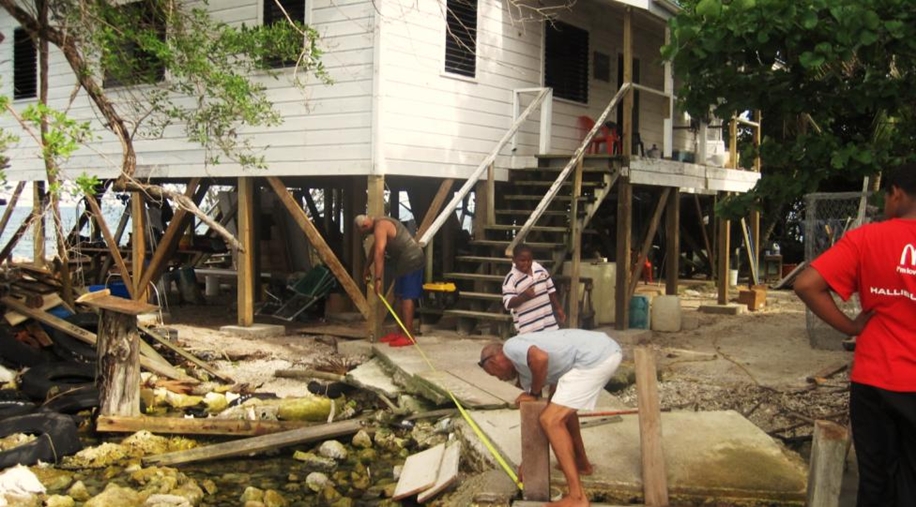The Port Honduras Marine Reserve (PHMR), established in 2000, comprises 102,400 acres of marine and terrestrial ecosystems. The reserve includes a robust belt of mangroves, coral reefs, reef banks, and sandy shoals. Many rare species live there, including the endangered Antillean manatee, and the loggerhead, green, and hawksbill sea turtles. The reserve was created by the Toledo Institute for Development and Environment (TIDE) and the Belize Fisheries Department to decrease fishing pressure in the area and build the long-term sustainability of marine resources in the southern Toledo region.
Abalone Caye is a half-acre island in the reserve. It is the most biologically sensitive area of the reserve, as well as most vulnerable to illegal activities. Seacology funded construction of the PHMR Ranger Station on Abalone Caye in 2001. The ranger station is strategically critical to protecting the marine reserve. Abalone Caye, however, has recently suffered severe coastal erosion, which threatens the building and the safety of the rangers. Seacology is providing support to TIDE to reinforce and stabilize the ranger station.


